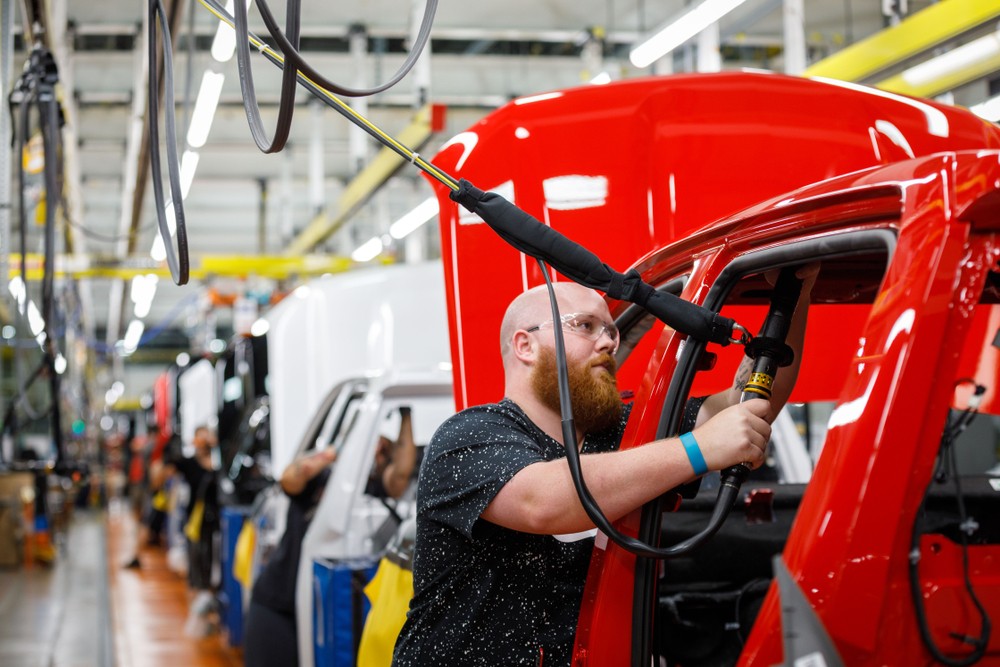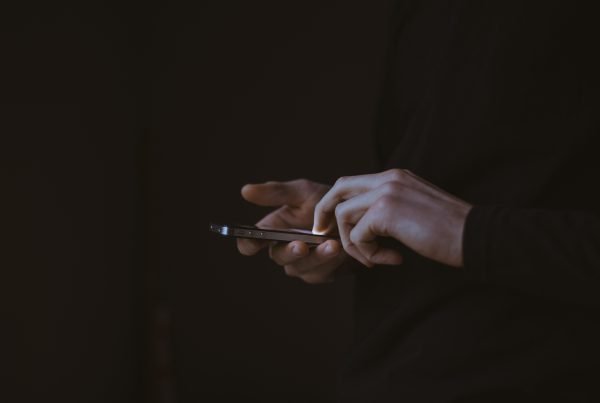Chicago-based health care company CareBand has introduced a new product designed specifically to reduce COVID-19 infection rates in the workplace. The new range of SafeTrack solutions take advantage of proximity monitoring and geolocation to ensure that workers are maintaining social distancing from other employees so that workers that are co-located can be kept safe.
CareBand is not the only company that has developed wearable sensor tech for the workplace.
Construction workers around the US may soon have to wear a similar wearable device that sets an alarm if they come within 6 feet of another employee. A survey of 871 finance executives at companies from over 24 countries found that 21% said they were considering using location tracking and contact tracing for their workforce.
The adoption of digital technologies and peripherals is a powerful method for keeping workers safe in the workplace. Wearable devices can be configured to notify workers if they come within a certain distance of others, allowing workers to work comfortably while also abiding by social distancing guidelines.
Why Is Proximity Monitoring Necessary?
When it comes to infectious diseases such as COVID-19, the main vector of transmission is through contact with infected individuals. The CDC has social distancing guidelines for workplaces to follow, all of which require persons to maintain 6 feet of distance from others.
One of the difficult aspects of abiding by social distancing guidelines in the workplace is making sure people actually follow the rules. Especially in workspaces that may not have a lot of space, it can be difficult for employees to remember and consciously decide to distance themselves from others.
Digital proximity monitoring is a solution to this problem. Wearable sensors can set up a geofenced area around each person, and notify workers when they come within 6 feet of contact with another person. Automated proximity monitoring removes the need for employees to consciously remember social distancing cues. Employers could monitor data and selectively isolate any employees that have been exposed or start developing symptoms. Contact tracing would allow public health officials to identify possible cases of exposure and take proactive steps to minimize risk.
In several sectors that have been marked as essential, social distancing can be even more difficult. Construction, for example, requires some tasks to be performed by multiple people in close proximity. Other tasks have a high risk of injury and require close supervision.
Social distancing will be a daily practice as more countries start to open up their economies. Some countries, such as South Korea and Japan, have been remarkably successful at containing the disease through a rigorous process of contact tracing and quarantining suspected cases. As national economies open back up, there needs to be comprehensive solutions for continual pandemic management as people get back to their everyday lives.
Businesses in the US currently have more freedom to monitor potential cases of infection. The EEOC has ruled that employers can investigate potential symptoms and require employees to disclose if they are infected. Proximity monitoring is a way businesses can minimize the risk of exposure/infection while also keeping businesses operations going.
Benefits of Proximity Monitoring in the Workplace
- Bluetooth services can be used to notify employees through vibration, LED, or audio if they come too close to contact with another person in the workplace.
- Proximity monitoring sensors can provide continuously-updated real-time information about employee movements and also include contact tracing, which can be used to trace infection and exposure.
- Distributed LPWAN sensor networks have low operations costs and really on commonly available bandwidths for transmission.
In short, digital-based proximity monitoring solutions are an effective and scalable method for maintaining and regulating social distancing and contact tracing in the workplace.
How Does SafeTrack’s Proximity Monitoring Work?
CareBand’s SafeTrack device takes advantage of low-power wide-area networks (LPWANs) and Internet of Things devices (IoT) to form a decentralized network that can provide updates on indoor and outdoor movements. This network can provide public health officials and governmental organizations up-to-date knowledge so they can quickly and effectively coordinate pandemic responses.
Here is how SafeTrack’s solution works: Each worker wears a small proximity monitoring device enabled for Bluetooth connections. The band determines proximity to other CareBands and enabled Bluetooth devices (such as Apple and Google devices with Exposure Notification Protocol enabled). If one device comes within a certain distance of another, then an alert (vibration, LED, and/or audio) goes off. The closer the person is, the more intense the alert.
Further, CareBand’s SafeTrack solution can be configured to collect contact data among employees so employers can selectively isolate and manage possible cases of infection and exposure. Contact tracing protocols can be set up to automatically notify the company or public health officials.
One challenge faced by many digital communication networks is communicating over regions where there may not be cellular networks or a sophisticated communications infrastructure. Computing devices use a lot of power sending data through cellular networks and are limited by range.
CareBand’s SafeTrack uses LPWANs to communicate over long distances with minimal power consumption. LPWANS are capable of sending periodic packets of information over long distances while relying on inexpensive sensors that can run for days or months at a time. LPWANs are also cost-effective to run and maintain because the hardware is simple and you can broadcast without paying for bandwidth licenses.
Further, LPWANs allow for secure information transfer. Wearable devices can be configured with advanced encryption protocols to keep personal information secure and prevent unauthorized access to the network. LPWAN communication networks are simple and can be configured using nothing more than a smartphone.
Conclusions
As the world gets back on its feet and national economies open up, public health officials and government organizations need methods for continual management of COVID-19. Digital-based proximity monitoring is a low-cost and secure method to ensure that employees are protected in the workplace, and outbreaks can be managed.






